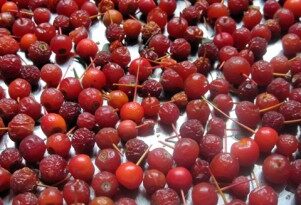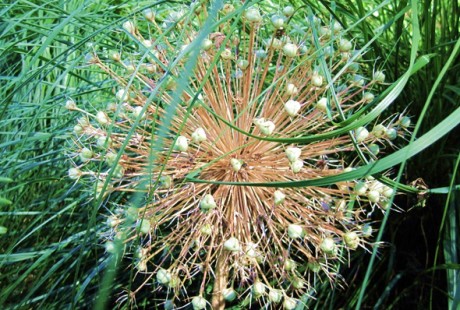Hardiness Zones
The hardiness zone is the range of average temperatures throughout the year in a specific area.
The US spans twelve hardiness zones, which build up concentrically, starting from the center of the northern border and expanding radially towards the coasts.
The hardiness zones are not contiguous. Local microclimates create pockets, and while the zone generally decreases with latitude, it can vary wildly along the same parallel.
Your zone is an important consideration, but just one of many.
Plants have adapted to the conditions in their area, which go beyond temperature range to include seasonal changes or lack thereof, number of sunny days a year, temperature differential between day and night, air humidity, prevailing winds, soil composition and average rainfall.
Areas with high average rainfall, like the Midwest, Southeast and Northwest, are several zones warmer than the central states.
The desert conditions of the Southwest, though squarely within the range of zone eight, bear no resemblance to the warmth and humidity of the Southeast.
Temperatures in the Southwest can and often do drop to the single digits in winter or rise above one hundred and fifteen in summer. There is something to be said about averages.
Finally, the coasts boast special conditions, salty air and sandy soils, which favor their own flora, spanning several hardiness zones.




 Previous Post
Previous Post Next Post
Next Post




